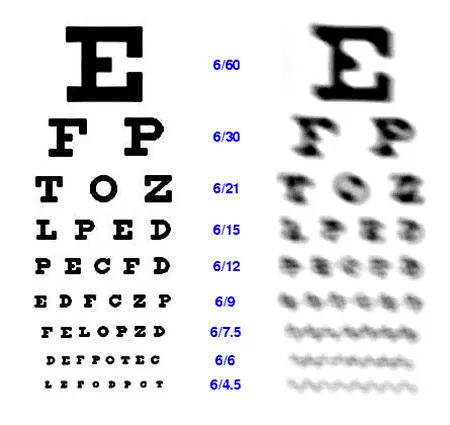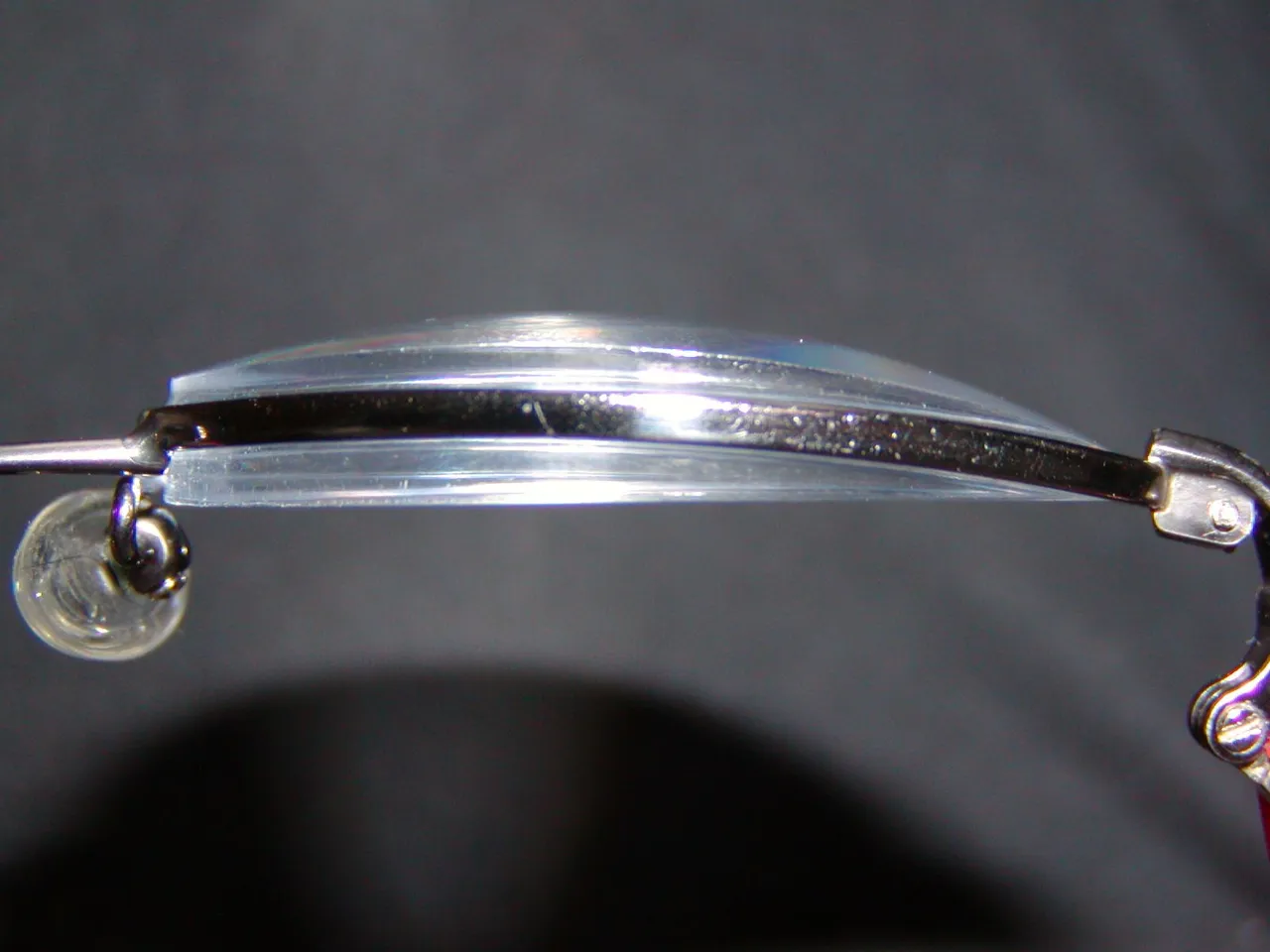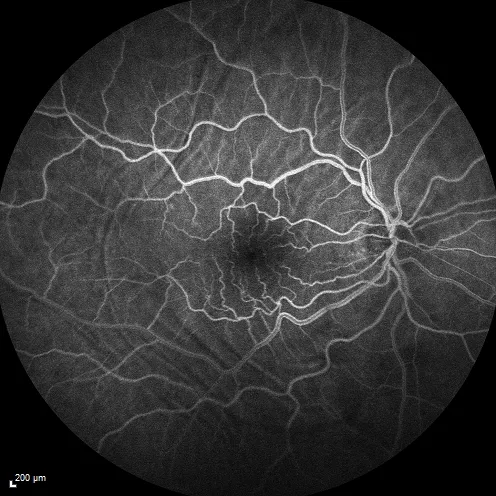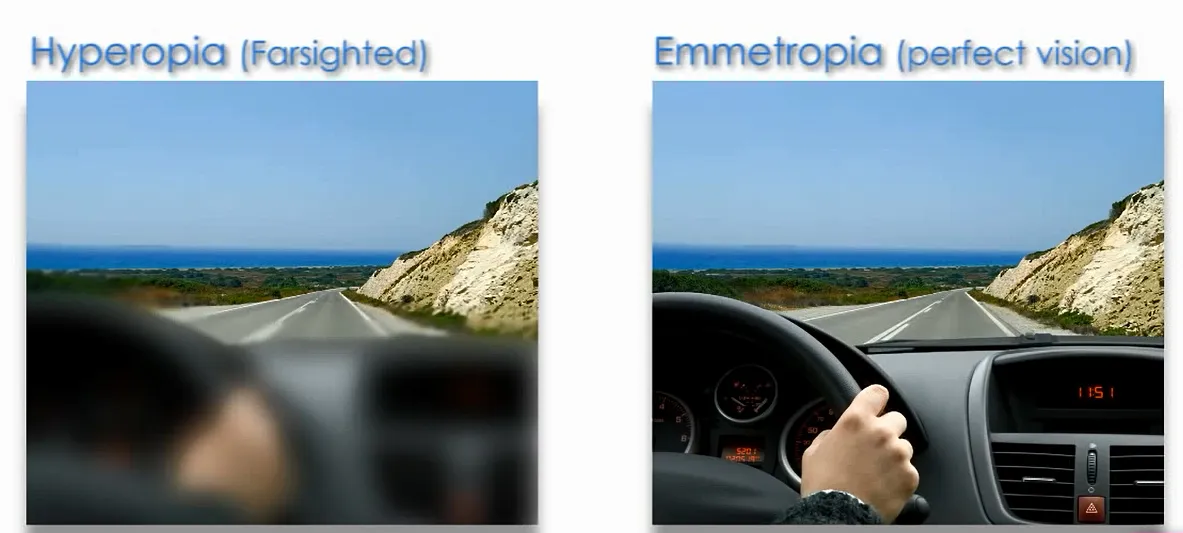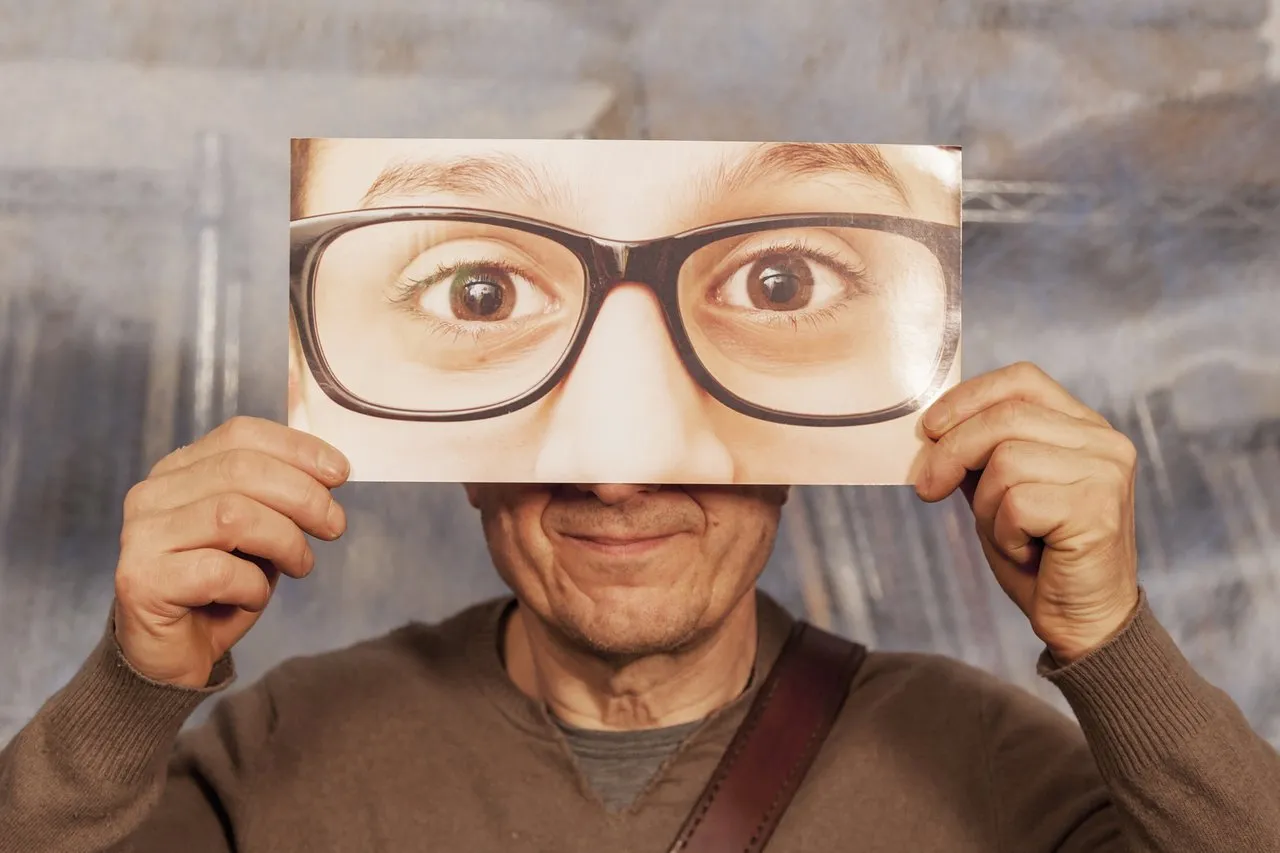
A person is classed farsighted/hyperopia when close objects are blurry and far objects will appear normal, when the condition worsens the objects at all the distances will become blurry.
I started teaching my son to wink just after he turned two, it took a few weeks for him to learn with his right eye and then we started to practice with his left eye which took quite a bit longer. He was very dedicated and practiced this winking business as often as he could. A few months down the line I started to notice that he is not practicing winking anymore but is closing the one eye for a longer period of time to focus on the person speaking to him from a distance. I immediately took him to an optometrist, he referred him to a specialist which diagnosed him with hyperopia and he received his first pair of specs. We never suspected he had sight problems as a baby as he did not squint and could pick up tiny little ants from a dark brown floor.
This condition occurs when the light is focused behind the retina instead of on the retina. It is a refractive error, a condition caused by an imperfection of the eyeball, lens (low converging power) or cornea (abnormal shape).
Hyperopia affects people over the age of 40, 2% of teenagers and 10% of toddlers, in some cases people with diabetes or blood vessels in the retina which are problematic can cause it too. When a child has this condition from birth it is due to the brain struggling to merge the images of each eye. These children do not see in detail and sometimes the one eye becomes dominant with the brain blocking the impulse of the other eye.
This condition is broken up into 3 categories: 1) Simple (biological diversity), 2) Pathological (trauma, disease, abnormal development), 3) Functional (paralysis).
There are also 3 levels of severity: 1) Low: refractive error is – than or = to +2.00 diopters, 2) Mod: refractive error is greater than +2.00+5.00 diopters, 3) High: refractive error greater than +5.00 diopters.
By the age of 13, my son’s sight weakened to a +8.00 in his right eye and a +7.75 in his left eye but has stabilized at this level for the past 7 years. He loves his sport, especially rugby and water-polo, I could see how he struggled to catch the ball and pass it on to the right person but he was an excellent defender. Even with this disability, he played for the A team since he was 14 till he turned 16 and then 1st team from 16-18 in both sports. By the age of 18, we hoped that he would be able to go for surgery but we were told to wait as the doctors find higher success rate in children older than 21.
Well, that day has arrived. My son will know by the 15th if he will be a good candidate for surgery. I am out of my skin with excitement as I know what all he had to endure because of this disability and how much more he will be able to appreciate everything around him. Objects will not only be silhouettes anymore but will be filled with detail.
Sources:
http://www.allaboutvision.com/conditions/hyperopia.htm
https://www.aoa.org/patients-and-public/eye-and-vision-problems/glossary-of-eye-and-vision-conditions/hyperopia
https://en.wikipedia.org/wiki/Far-sightedness
